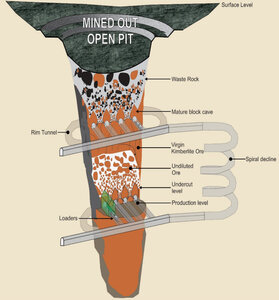I'm looking to get a diamond in a 2 carat range, but I'm having trouble deciding between I/VS2 or H/SI1.
In terms of I color, the yellow tint can start to become noticeable enough to bother me in certain lighting, which makes me lean towards an H color. However, to get something within my budget, I'd have to shoot for an H/SI1 clarity. I have read that at 2ct+, you should try to get VS or higher because the larger carats also make inclusions more noticeable. Is it still possible to get an eye-clean SI1 diamond at 2ct+?
Does anyone have any links that illustrate what a "bad" SI1 that impacts light performance looks like? I've read that certain inclusions can interfere with light refraction/reflection to make the diamond "hazy", but what does that actually mean. Are there any detailed videos about this?
In terms of I color, the yellow tint can start to become noticeable enough to bother me in certain lighting, which makes me lean towards an H color. However, to get something within my budget, I'd have to shoot for an H/SI1 clarity. I have read that at 2ct+, you should try to get VS or higher because the larger carats also make inclusions more noticeable. Is it still possible to get an eye-clean SI1 diamond at 2ct+?
Does anyone have any links that illustrate what a "bad" SI1 that impacts light performance looks like? I've read that certain inclusions can interfere with light refraction/reflection to make the diamond "hazy", but what does that actually mean. Are there any detailed videos about this?








300x240.png)